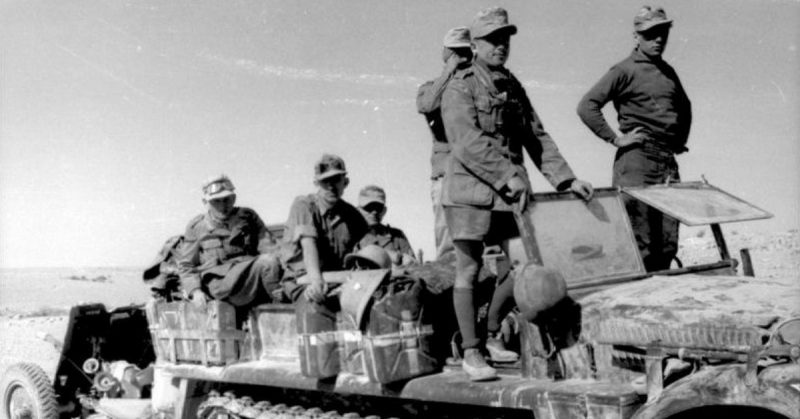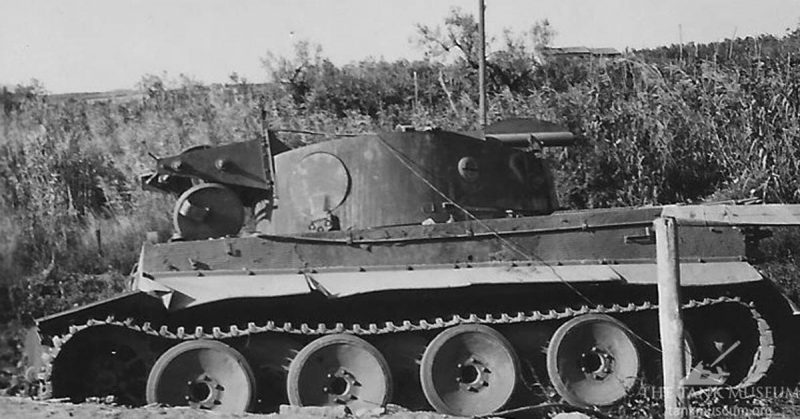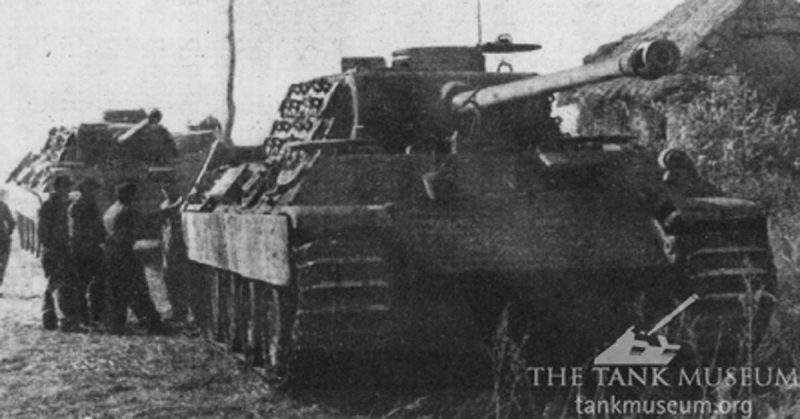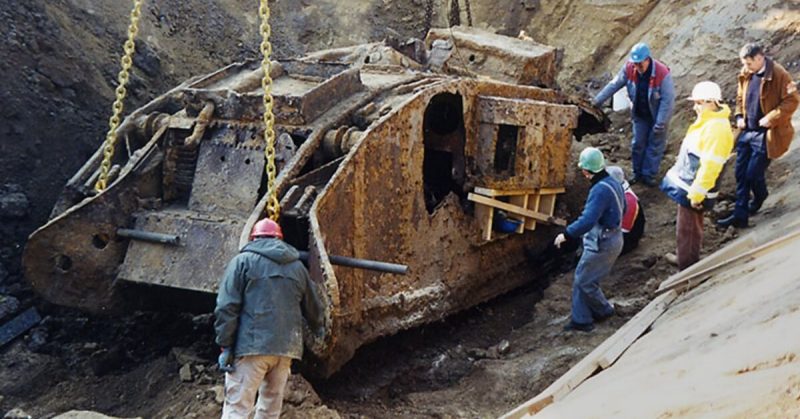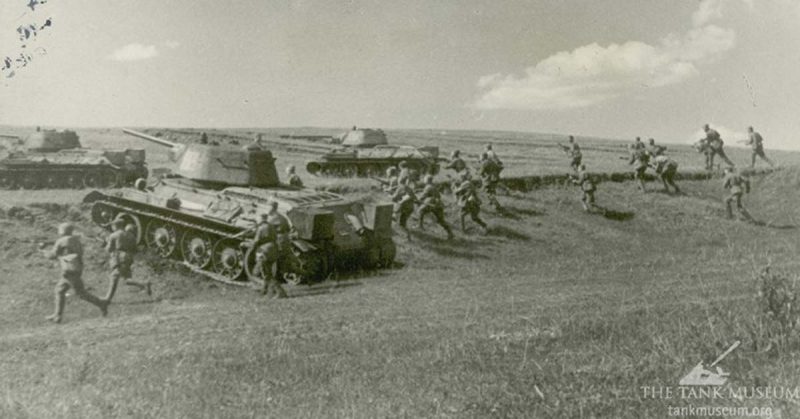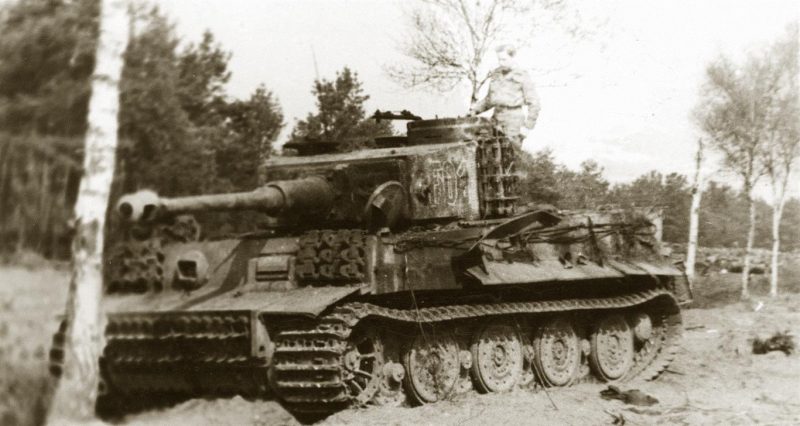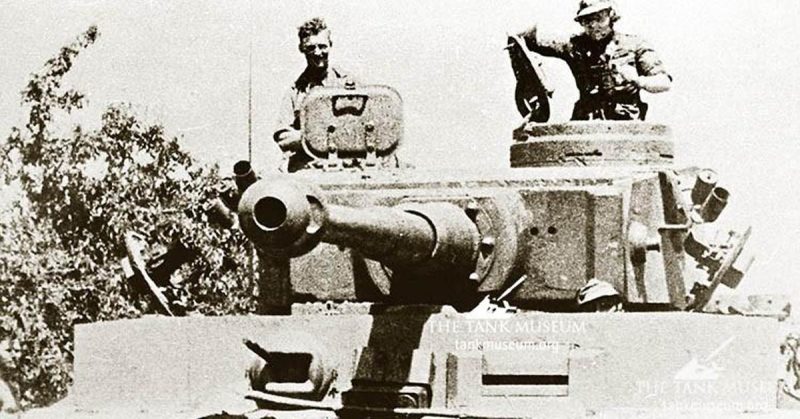Five Critical Events Leading To The Surrender of Axis Forces in Tunisia During WWII
It takes serious planning and organization to carry out any major operations in a war zone effectively. For the Allied forces, the many operations and battles…
From The Tank Museum: Background To The Battle Of Kursk
The Battle of Kursk was one of the most decisive battles of the Second World War. Fought between the 5th July and 23rd August 1943, it began…
From The Tank Museum: The Mystery Of The Tiger Recovery Vehicle
These pictures have invariably been identified as an improvised Tiger recovery vehicle, photographed in Italy in 1944, but is it? Renowned tank historian David Fletcher…
From The Tank Museum: Tiger Construction
Tank construction has always been a labour intensive, expensive process. The need to manufacture far larger numbers during the Second World War saw the warring…
From The Tank Museum: German Tanks At Kursk
The attacking German forces at Kursk amassed 777,000 men and around 2500 tanks and assault guns. This was about 70 per cent of all their…
From The Tank Museum: Naming Deborah – Mark IV Tank In Cambrai
In 1998 Philippe Gorczynski from Cambrai found a Mark IV tank (female) buried beneath a field in the village of Flesquiéres, on the Cambrai battlefield.…
From The Tank Museum: The Battle Of Kursk – Part II
Prior knowledge of the German attack enabled the Soviets to bring Operation Citadel to a halt. Part 2 tells the story of the Soviet counterattack…
Many of Germany’s finest tacticians & commanders of WWII served in the panzer forces. One of those men was Walther Nehring
First World War Born in 1892, Nehring entered the German army in 1911. At the start of WWI, he was sent to the Eastern Front…
From The Tank Museum: The Battle Of Kursk – Part I
The Battle of Kursk was a massive operation, involving hundreds of thousands of men over hundreds of square miles and several weeks. These articles are a…
Many of Germany’s finest tacticians & commanders of WWII served in the panzer forces. One of those men was Walther Nehring
First World War Born in 1892, Nehring entered the German army in 1911. At the start of WWI, he was sent to the Eastern Front…
From The Tank Museum: First Tiger I Knocked Out By The British
While Tiger 131 was the first intact Tiger I to be taken back to Britain, it was not the first to be knocked out. This…
From The Tank Museum: The Legend Of The Tiger Tank
Was the Tiger really the King of the Battlefield in Word War Two? Few tanks inspire as much awe and fascination as The Tiger Tank, but…
